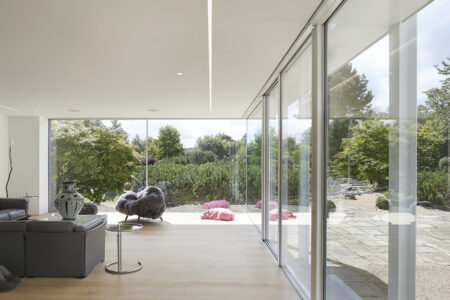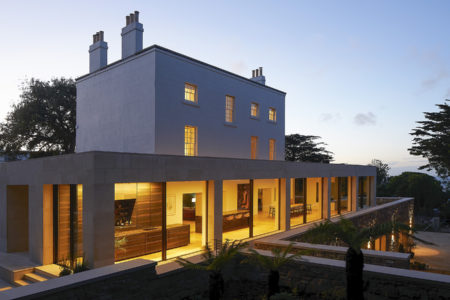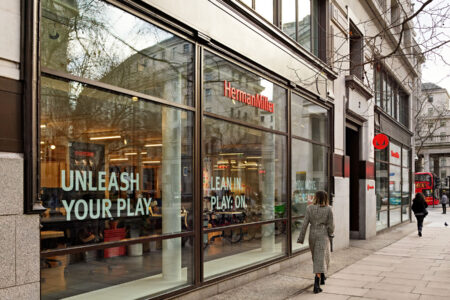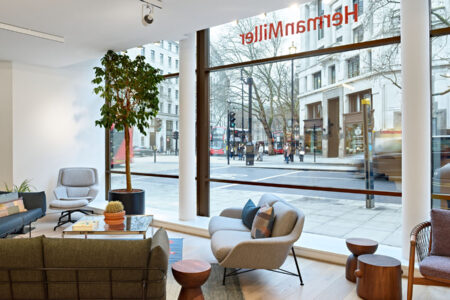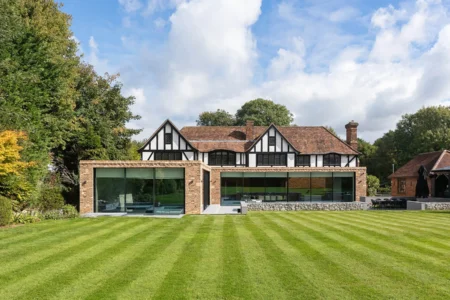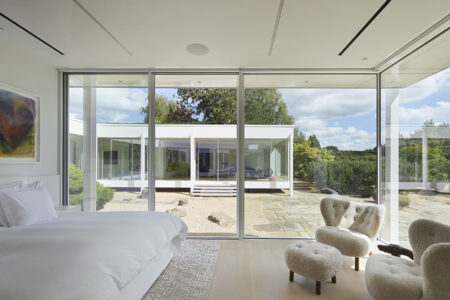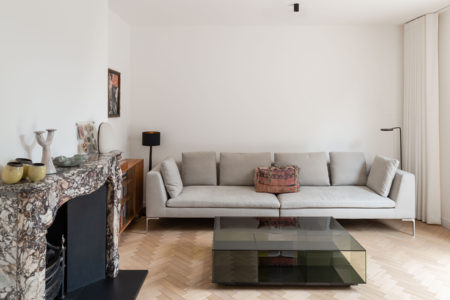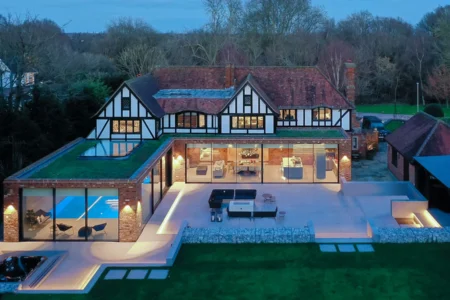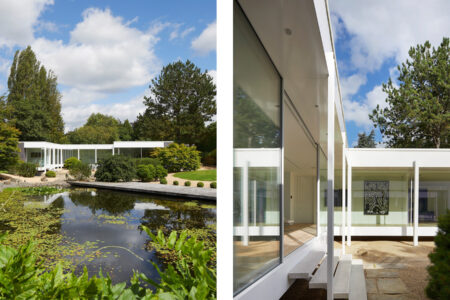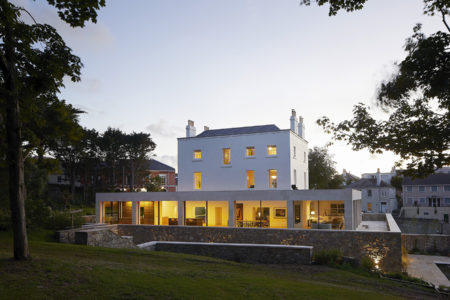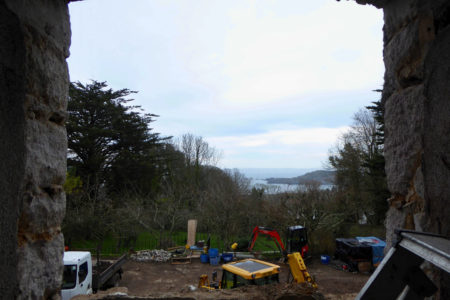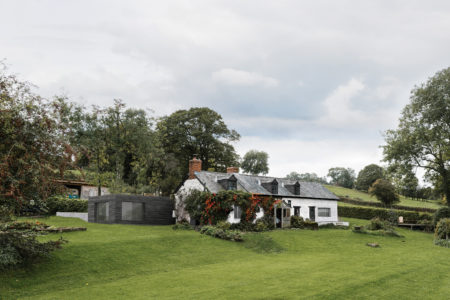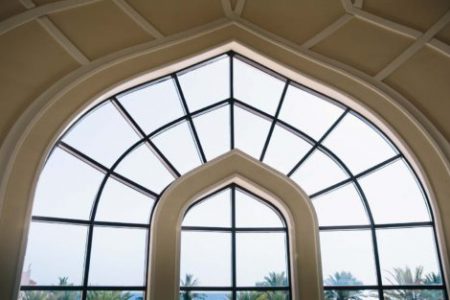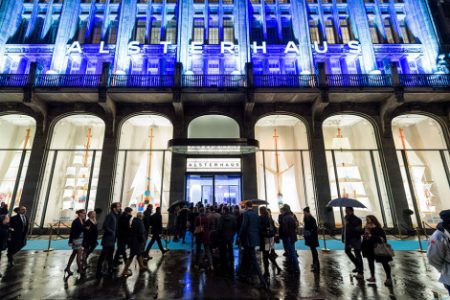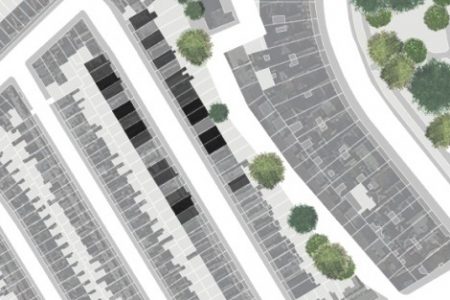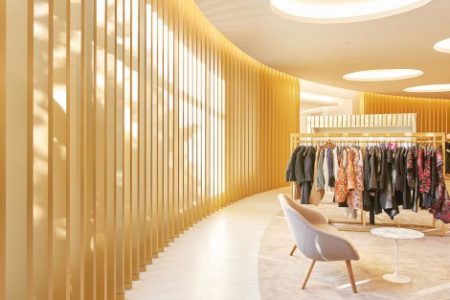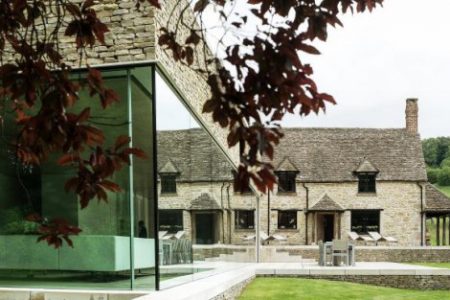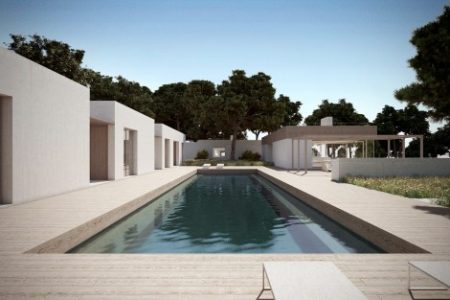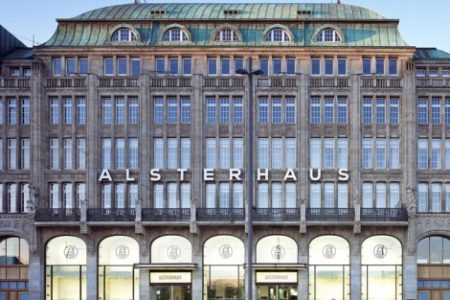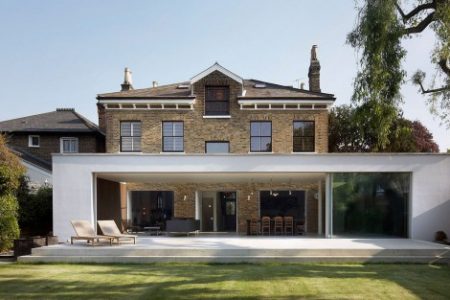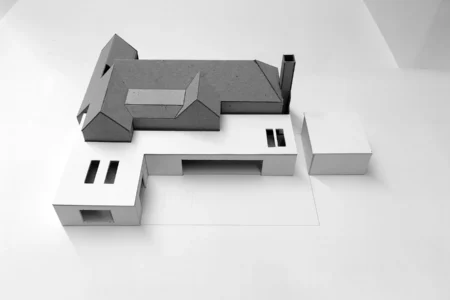
10 Home Upgrades That Do Not Need Planning Permission in the UK
Plenty of people want to spruce up their homes, but the idea of wrestling with planning permission? Not exactly appealing. The rules feel a bit murky, and nobody wants to get stuck with delays or extra costs right when they’re itching to start a project.
Luckily, there are several home upgrades in the UK that don’t require planning permission, which can save a surprising amount of time and effort. Knowing what’s allowed lets people get creative without accidentally breaking the rules.
1) Single-storey rear extensions within size limits
Single-storey rear extensions are often possible without planning permission, as long as you stick to the government’s size limits. This is what’s known as permitted development.
If you’ve got a detached house, you can go up to 4 metres out from the original rear wall. For other houses, it’s 3 metres. And the height? No more than 4 metres tall.
These limits are there so your new space doesn’t swallow up the garden or block a neighbour’s sunlight. You’ll still need to use materials that match your house, so no wild experiments with neon bricks.
Sometimes the rules shift—like in conservation areas—so it’s smart to double-check with your local council before picking up a hammer. For the nitty-gritty, the government’s tech guide for publishing on permitted development rights lays it all out.
2) Loft conversions not extending beyond existing roof space
Loft conversions are a go-to for anyone needing more living space. Most of the time, you won’t need planning permission if you don’t go beyond the existing roof’s highest point.
There are limits: terraced houses get up to 40 cubic metres, while semis and detached homes get 50. If you want more details, here’s a handy guide to home upgrades.
Windows—like dormers or rooflights—can’t stick out too much. Follow these rules, and your loft conversion’s usually considered permitted development.
Just a heads-up: if you’re in a conservation area or have a listed building, things can change fast. Always check local guidelines before you get your hopes up (or your tools out).
3) Garage conversions into living areas
Turning a garage into a living space is a popular way to add extra room in the UK, and most of the time, planning permission isn’t needed. People turn garages into offices, playrooms, spare bedrooms, or even home gyms.
If you keep the work inside the existing garage and don’t rebuild or extend, you’re usually in the clear. That’s all thanks to “Permitted Development” rights.
Building regulations still apply, though—think insulation, ventilation, and electrics. If you’re unsure, check with your local council, but most garage conversions move ahead without much fuss.
It’s a quick way to make better use of space, and it’s often cheaper than a full extension.
4) Installation of solar panels on roof slopes
Solar panels are another upgrade you can usually add without planning permission, as long as they don’t stick up above the roof’s peak or jut out too far. Permitted development rights cover most standard installations.
The panels should be as subtle as possible—nobody wants to blind the neighbours or make the house look bizarre. If you’re in a conservation area or have a listed building, check for extra restrictions.
Solar panels are now a common sight, and for good reason. Most homes can get them installed without any planning headaches. For more details, check out this list of permitted home upgrades without planning permission.
5) Conservatories within permitted development rules
Adding a conservatory is often possible without planning permission, as long as you follow the government’s permitted development rules. This makes it much easier for families to add extra space.
The conservatory mustn’t take up more than half the land around the original house, and it should be at the back or side—not the front. Height-wise, you’re capped at four metres for a single-storey conservatory.
If your home’s on designated land or is listed, you’ll face stricter rules and might need permission. It’s also important not to let the conservatory stick out too far. More info’s on Everest’s guide to conservatories and planning permission.
Double-check with your local council before building, since local rules can catch you off guard.
6) Porch constructions not exceeding 3 square metres
Adding a small porch can really change the vibe at your front door. In the UK, you can usually build one at any external door without planning permission, as long as you keep it modest.
The porch should stay under three square metres on the ground floor and no taller than three metres. These limits keep things in proportion with the rest of the house.
It has to be at ground level, too. If you stick to these requirements, you’re covered by permitted development and can skip the planning application.
Want the fine print? The Planning Portal’s got a page on porch planning permission. Staying within size and height limits keeps things simple.
7) Replacement windows and doors
For most homes, swapping out windows and doors doesn’t require planning permission—just keep the new ones looking similar to what was there. It’s a great way to boost insulation or security without jumping through hoops.
If you live in a flat or listed building, though, you might need special permission. Always worth checking first.
Most houses don’t have this issue. Upgrading to double glazing or a new front door is usually fine if you stick to the original style. Patio doors, too. It’s a straightforward way to make your home more comfortable and secure.
Which? has a helpful explainer on how new windows and doors do not usually need planning permission if they look similar. That’s one less thing to stress about.
8) Building a garden fence within height restrictions
Putting up a garden fence is a classic move for privacy or marking boundaries. In the UK, as long as you stick to the height rules, you can usually do it without planning permission.
Next to a road or footpath at the front? Keep it under 1 metre. Elsewhere, you can go up to 2 metres—including any trellis on top.
Go higher and you’ll need permission, but most people keep it under the limit and avoid the paperwork. There’s a good guide about fence height and planning permission if you’re curious.
Repairing or maintaining a fence is fine too, as long as you don’t make it taller than allowed. No need to overcomplicate it.
9) Erecting decking below specified height
Decking is a favourite for outdoor living. Most of the time, you won’t need planning permission if it’s not raised more than 30 centimetres (300mm) above the ground.
This rule covers both timber and composite decking. Measure carefully—if you go over, you’ll need permission.
The Planning Portal confirms this. Also, decking shouldn’t cover more than half the garden, or you’re back in permission territory.
Keep it low and within limits, and you’ll have your new outdoor space without the hassle.
10) Installing sheds or outbuildings under 2.5 metres tall
Adding a shed or outbuilding is usually fine without planning permission, as long as it’s no taller than 2.5 metres if it’s within 2 metres of a boundary. This stops your shed from looming over the neighbour’s roses.
Use it for storage, a workshop, home office, or even a gym—just not as a separate home. These “permitted development rights” cover most houses, but not flats or maisonettes.
The shed can’t cover more than half the garden and must be single-storey. For more details, check the Planning Portal guide on outbuildings.
If you stick to these limits, you’re good to go—no paperwork marathon required.
Understanding Planning Permission in the UK
Not every home upgrade in the UK needs the council’s green light. Plenty of changes fall under specific rules, so you can improve your place without getting tangled up in red tape. Still, it pays to know what’s allowed—nobody wants a costly mistake.
Permitted Development Rights Explained
Permitted development rights let you make certain changes to your home without full planning approval. This covers a lot—single-storey extensions, loft conversions, garden rooms, outbuildings, garages, and some small extensions.
The main perks? Less time wasted, no planning fees. But the rules are strict about size, location, and how it affects neighbours. For example, a rear extension on a semi can’t go more than 3 metres past the back wall.
Flats and listed buildings are usually excluded. And if you’re on “designated land” (like a conservation area or national park), expect extra restrictions. For a full list of upgrades you can do without planning permission, check out this guide on home upgrades without planning permission.
Common Pitfalls to Avoid
Plenty of homeowners dive into projects without realizing they don’t actually qualify for permitted development. Honestly, skipping a quick check of the rules can lead to fines or, worse, having to tear everything down.
Extensions that go past the allowed size or height? That’s probably the most common headache people run into.
Don’t forget to look at what’s already been changed on your place. Earlier work might’ve used up your permitted development rights, so fresh projects could suddenly need full approval.
Neighbours can get pretty upset if you build right up to their fence or block their sunlight. Even if your plans are technically allowed, it’s smart to consider how close you’re getting to those property lines.
If you’re unsure, just check with the local council or poke around the government’s planning tools. The rules shift now and then, so current advice is your best friend. If you want more practical pointers, here’s a handy list of home improvements allowed without planning permission.
Tips for Navigating Building Regulations
Building regulations are there to make sure your upgrades are safe and actually meet legal standards. It’s pretty important to figure out when you need approvals—even if your project doesn’t require planning permission.
When to Seek Professional Advice
Not all changes at home are simple. Some upgrades, like electrical rewiring or altering structural walls, have to meet building regulations—even if you don’t need planning permission.
If you’re considering changes to drainage, wiring, or insulation, it’s smart to talk to an architect, builder, or surveyor. These folks keep up with the rules and can steer you clear of nasty surprises or fines.
When it comes to gas work or major plumbing, you’ll definitely want a pro to make sure everything’s safe and up to code. It’s worth getting advice early; nobody likes expensive mistakes or frustrating delays.
Curious for more? Check out this guide to home upgrades that do not need planning permission.
